Our Team

Travis
Grothaus
Database Designer
Travis Grothaus is a transfer Manufacturing Engineering student preparing to graduate. His main role was focused on the database design and structure of the final solution prototype. Post graduation he plans on continuing to work as a software consultant for a Salesforce partner company.

Evan
Hansen
Communications
Evan Hansen is an Industrial Engineer from Glendale, CA. His main roles was designing the soiling database and communicating between theproject team and tk1sc’s sponsor. After graduating, he will be working as an associate technology consultant for RSM in San Francisco, California.

Anthony Hernandez
pROJECT mANAGER
Anthony is a 4th year Industrial Engineer and will be graduating this spring. His main roles throughout the year was being the project manager and making sure tasks were completed on time. I’d like to thank my team for the hard work we put in this year on an amazing project.

Keven
Nieto-Ramirez
Data analyst
Keven is a 4th year Manufacturing Engineering graduating this spring. His main roles throughout the year was data collection and analysis. He is from Long Beach, CA and will spend 1-2 weeks in Oregon before working in the manufacturing industry with a focus of metal alloys and ceramics.
Acknowledgements
Our team would like to thank tk1sc’s sponsor, Jessica Kendrick, and our senior project advisors, Karen Bangs and Tali Freed for the guidance and support throughout the project. Our team would also like to thank the faculty at Cal Poly for their insight into the solar industry, and Paul Kukk, who helped our team throughout the final design of our solution.
Our Project's Video
Please enjoy our team’s video where we discuss an overview of our project and display a demo of our final soiling database prototype.
Our Project's Digital Poster
Problem Statement
tk1sc lacks the ability to predict monthly soiling rates for their client’s PV system designs. This creates issues with under or over-estimating the performance of a PV system, and affects the design cost estimates for clients. Therefore, tk1sc desires an accurate, reliable and internal method to approximate monthly soiling rates to increase customer satisfaction and PV production estimates for clients.
Objectives
Our objectives for this project are to develop an accurate method to determine monthly soiling rates, that is both internal and reliable. The new monthly soiling rate process needs to be cost effective, integratable, usable, scalable, and accurate for tk1sc.
Solution Alternatives
Alternative 1: Soiling Equation
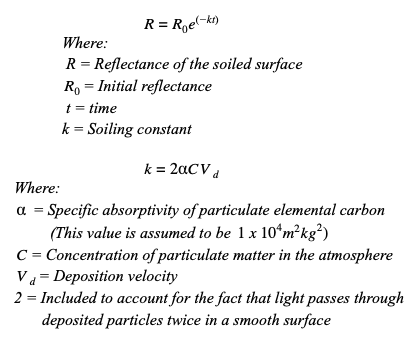
Our first alternative solution is a theoretical soiling equation from an environmental engineering textbook that would calculate a soiling rate based on the variables above. This solution alternative is simple and inexpensive for tk1sc. However, from meetings with professors at Cal Poly and solar industry members, our team was informed that a soiling equation is highly inaccurate. There are too many factors that impact soiling, especially local environmental factors such as crops, infrastructure and construction. Tk1sc could not rely on this method due to its uncertainty and unreliability.
Alternative 2: Soiling Experiment
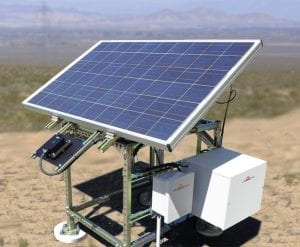
Our second solution alternative is a quantitative experiment designed to physically measure soiling rates around the city of San Luis Obispo, which would include varying levels environmental factors that impact soiling like agricultural activity and traffic. It involves leaving small solar panels around town and taking daily power output readings with a multimeter to measure the drop in power due to soiling.
Through the design of the experiment, our team realized that although the result would be extremely accurate for San Luis Obispo. However, there are too many ways that soiling factors interact with each other to make this solution scalable across the U.S. Also, if we validated this experiment and determined it could accurately determine soiling rates for San Luis Obispo, then this experiment would need to be replicated in every new climate or city that tk1sc designs in. The soiling experiment also would have an extremely lengthy setup and experiment time, not be user friendly, and would potentially be extremely costly for tk1sc.
Alternative 3: Soiling Database

Our third solution alternative is a soiling database where tk1sc can store soiling rates and common environmental factors that impact soiling. Tk1sc would house this data in an AWS database which will be connected to a website for their employees. By relying on public data from other solar companies, this solution alternative could become extremely accurate over time.
This solution alternative would be inexpensive, since the only cost would be the time spent setting up the database and entering new data inside. This alternative could also be scalable extremely easily. The downside to this alternative is that it relies on a large foundation of soiling and environmental data to be accurate, which means it will not be very accurate for many places initially.

This project is sponsored by tk1sc.
What is Soiling?
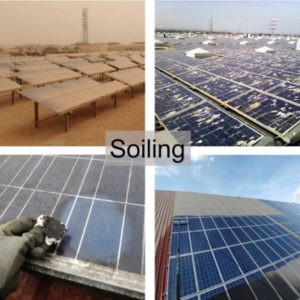
Soiling Definition
Soiling losses capture the amount of sunlight that is blocked by dirt and other debris that accumulates on the surface of a PV module over time. Soiling is heavily dependent on the local environment around the PV system itself.
Common Environmental
Factors that Impact Soiling
- Precipitation
- Wind Speed
- Humidity
- Temperature
- Fine Air Particles
- Agriculture
- Pollution
- Traffic
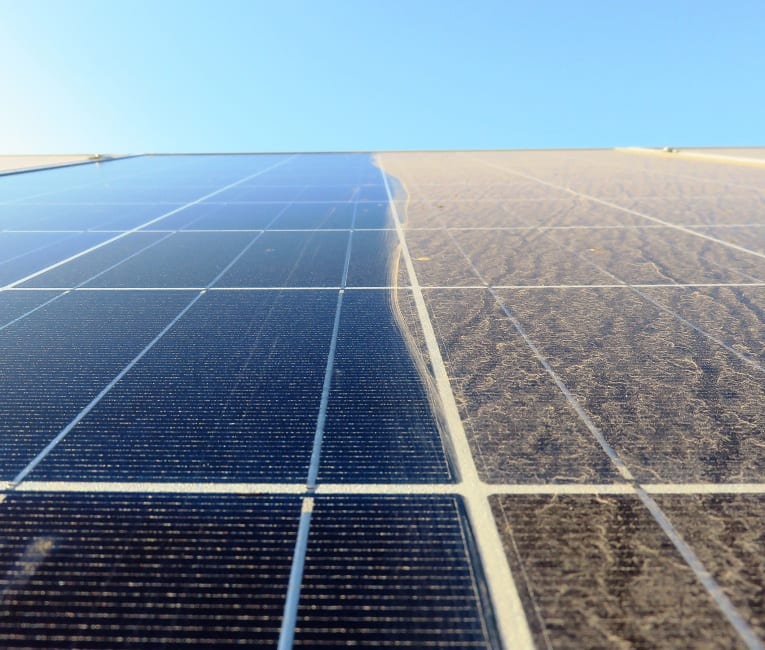
Solution Selection
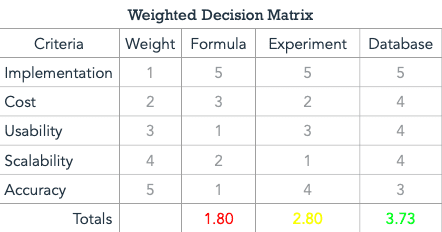
Tk1sc weighted each criteria above, with accuracy being the most important and implementation being the least important when calculating a monthly soiling rate for our solution alternative. Next, our team met with tk1sc to score each alternative against criteria, to determine which solution alternative should be selected.
Final Solution Design:
Soiling Database Prototype
Our soiling database prototype holds soiling data that we collected comes from Fracsun, a California based solar company. We paired this data with the local weather of the PV system from public online sources, which we downloaded using an API and uploaded to our database.
Next, our team created an AWS database, where we put an EC2 micro on it to house 8GB of storage for free. Then we used PostgresSQL to write and house our SQL queries which would compare the soiling and weather data.
Finally, our team hosted a website to select environmental input parameters, send SQL queries to the AWS database to find relevant matches (if any), and send relevant monthly soiling values back to the website for the end user.
Implementation Plan
The initial step of the implementation involves migrating our soiling database prototype over to a tk1sc hosted computer, including the ownership of the AWS account and hosting the EC2micro server on a tk1sc computer.
Secondly, tk1sc’s legal team would need to begin implementing new clauses in their contracts to collect soiling data from future clients. This would allow them to expand their soiling data collection process. Our team estimated that this would take about 6 months to ensure tk1sc is prating safe and legal contracts with clients.
Starting early 2022, tk1sc can begin collecting client’s soiling data from PV system designs. After, tk1sc could begin adding to the soiling database prototype and SQL queries to sift through additional soiling rates and location’s weather to make the prototype more accurate.
Why is Soiling Important?
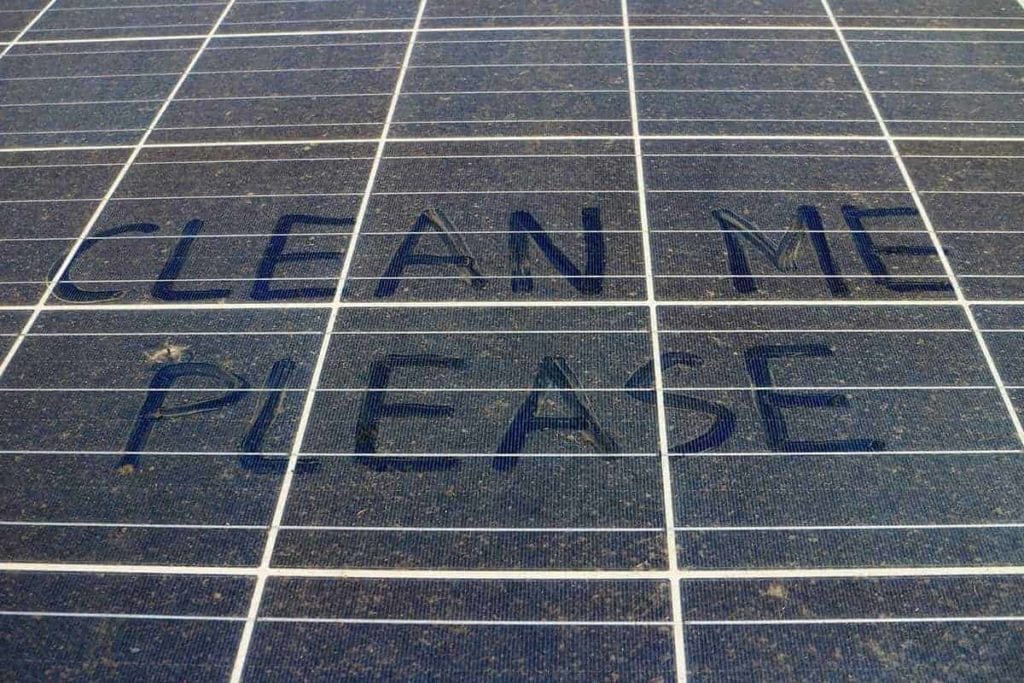
Soiling is important because it is one of the key variables that determines a PV systems electrical output, along with the size of the PV system and the type of PV panel used. An incorrect soiling rate for customers can underestimate or overestimate the design requirements of a PV system. Soiling can also impact the cost estimates and potential earnings for PV system owners.
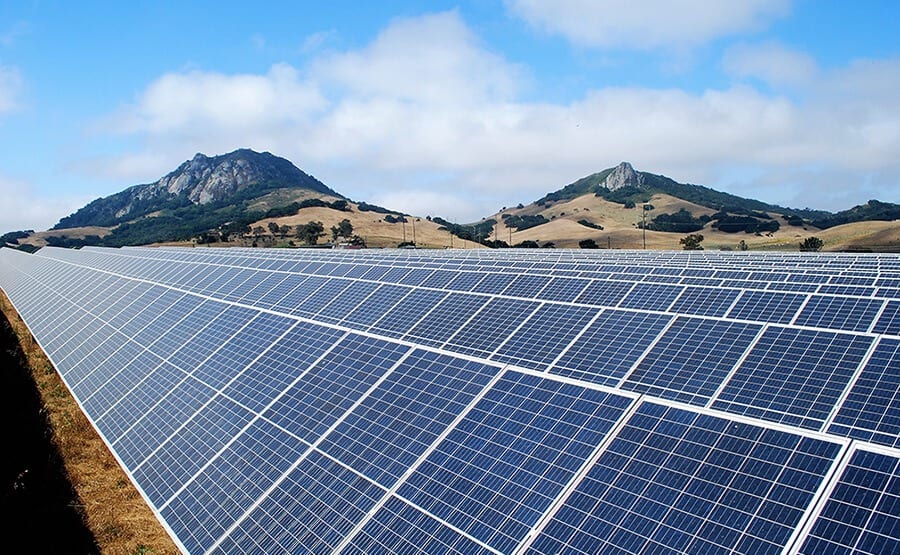
Verification and Validation
Soiling Database Prototype Data vs. Similar California Climate Soiling Data
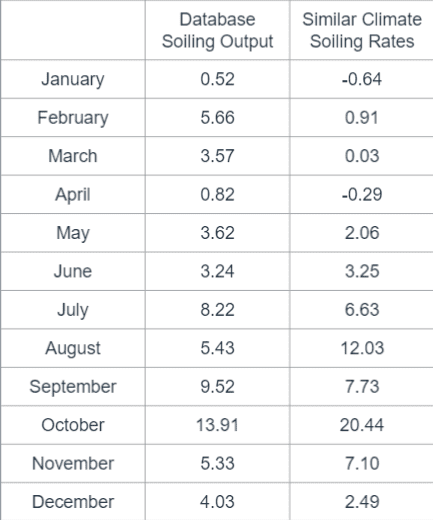
Comparing the two sets of data our team was able to acquire for this project, the two datasets have similar trends for each month over a specific year when comparing the soiling rate. The beginning of the year has a low soiling rate, and slowly increases over the year until October, where the soiling rate is at its peak. After October, the soiling rate decreases until the start of the year. This trend is closely aligned with the seasons throughout a year, largely influenced by the amount of precipitation each month receives.
There is also bigger variability in the later months when comparing the two locations soiling rates. This is due to the amount of washes the PV system received, the amount of precipitation for that specific area and the locations specific climate and surrounding environmental factors. To verify and validate our model more, more soiling data will need to be collected from tk1sc and their clients.
Future Considerations and Conclusion
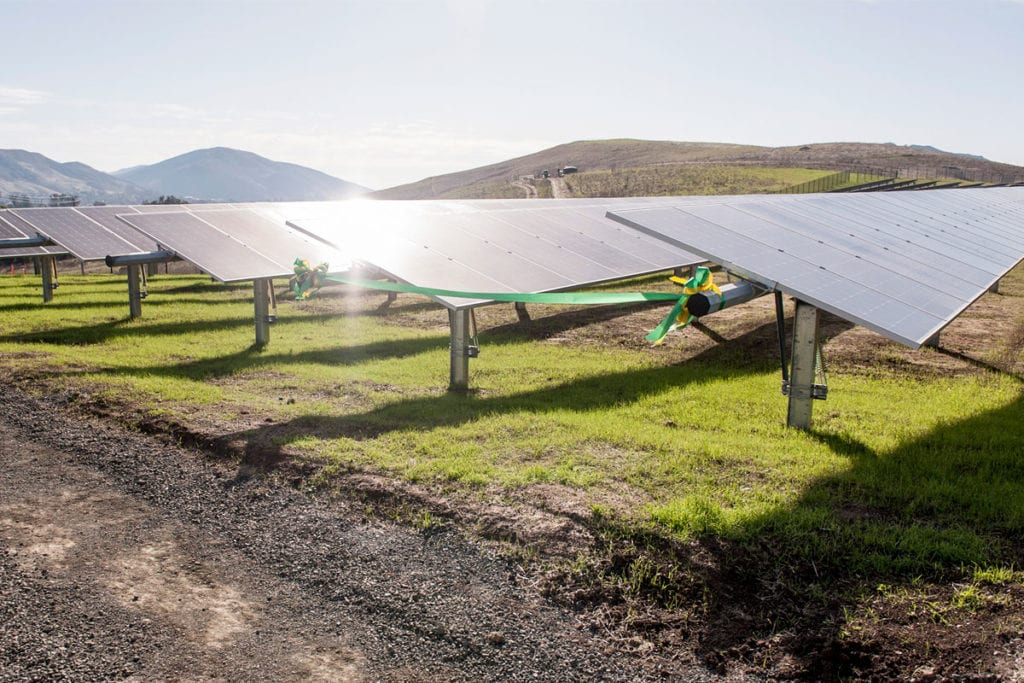
In order to follow through with our teams soiling database prototype, our team highly recommends that tk1sc updates their contracts with new clients so that tk1sc has intellectual property rights over their client’s PV systems soiling data. This is essential because with any database or predictive analytics, data out is only as good as the data in. tk1sc need to start mass collecting their own stockpile of soiling data for the future of their company and PV system designs to be competitive.
Calculating a soiling rate is extremely complex and site specific. We recommend that tk1sc continues to look for new studies or published papers that will help understand how to calculate an accurate soiling estimate. Once tk1sc has a large collection of soiling data in our soiling database prototype, they can look to these studies to help determine which environmental factors should be included or excluded in determining a monthly soiling rate for the future.


